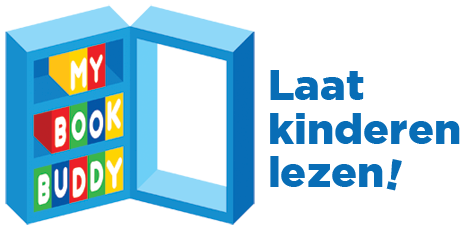How to stimulate a child’s language development?
<< Back - Home - Next >>
Stimulating the language/cognitive phase
A very effective and appropriate way of stimulating the language/cognitive phase is by reading aloud to the child. To do this correctly and in a way that will benefit the child the most it is important to think about
the type of book
subject of the book
the setup of the class
Furthermore it is important to find the appropriate book to read and to prepare the reading aloud well. One could do this by making a conscious choice about which book to read and taking in account whether the book might matches with a current theme in the lectures, if the book incorporates elements of the class curriculum (if there is one) and to think about the level of the book. It is good to challenge the children ones in a while with a book that is a little bit difficult to them but don’t do this too often because it could also discourage the children and make been red to less fun. Never read a book to the children that is above their emotional level. A good way of preparing the reading is by reading the book upfront by you. Think about if the book is appropriate for the children and matches the class level. It is also smart to think for yourself in how many parts you want to read the book to the class and how much time you will have between one reading session and the next, it is also a good idea to think upfront about a good place to stop in a book so you do not end your reading halfway through an important part of the book. Reading the book upfront as preparation also gives you the advantage to spot material you want to shorten or elaborate on in the book.
The preparation for reading a book might sound cumbersome but for the full benefit of reading aloud preparation really is key. If the preparation is done well the children will respond better and learn much more and reading to them will also be a much more pleasant experience for you as a teacher. For the youngest children one could best start off with reading a picture book with them. When reading out of a picture book it is essential that the class is set up in a way that all children are able to see the pictures in the picture book. Seat yourself a little above the children and let the children sit in a semi-circle. When reading to infants and toddlers it is important to include books that contain a lot of repetition and as the children mature you can add predictable and rhyming books. Gradually work your way op from book with only pictures to books with less pictures and more text. When you start to use books that contain just a couple of pictures, still make sure to show the picture to all the children. Before you start with reading the book always say:
the name of the book
the name of the author
and the name of the illustrator
With reading out loud to the children you eventually want to start and lay a base for interactive reading. This is something you have to work towards so it is good to just only read to the children in the beginning, but you want work up to the interactive reading in which you allow children to ask questions and where you ask the children questions and you allow them to think about it and answer them. Children will develop the best and benefit the most from the reading aloud when they get the opportunity to ask what they want to know and when you challenge them to think about the story.
Tips and tricks
Try to have a consistent time each day for a story.
Use plenty of expressions when reading aloud.
If you start a book you should follow through with your reading, don’t make children
wait for 3 or 4 days before you start with the next chapter, this makes sure their interest is sustained. Unless the book turns out to be a bad book, then it is good to put
it down and not continue with it.
If the chapters are long and you don’t have the time to finish the chapter finds a suspenseful spot at which to stop.
Reading aloud comes naturally for very few people. To do it successfully and with ease you must practice.
Vary the length and subject matter of your readings, fiction and non-fiction.
Assignments you can give to the children
Let them discuss outside of class what they would have put on the cover of the book.
Let them discuss outside of class who is their favorite character.
Let them discuss outside of class when the book is completely finished what kind of alternative end they would come up with for the story.
Tips for longer up the My Book Buddy program
• During repeat readings of predictable books, occasionally stop at one of the key words or phrases and allow a listener to provide a word.
• Ask the children after giving them the tittle of the book and showing them the cover of the book what they think the book would be about.
• Occasionally ask the children: What do you think is going to happen next?
• Close of the reading session by letting the children ask questions about the book at the end of the reading session.


